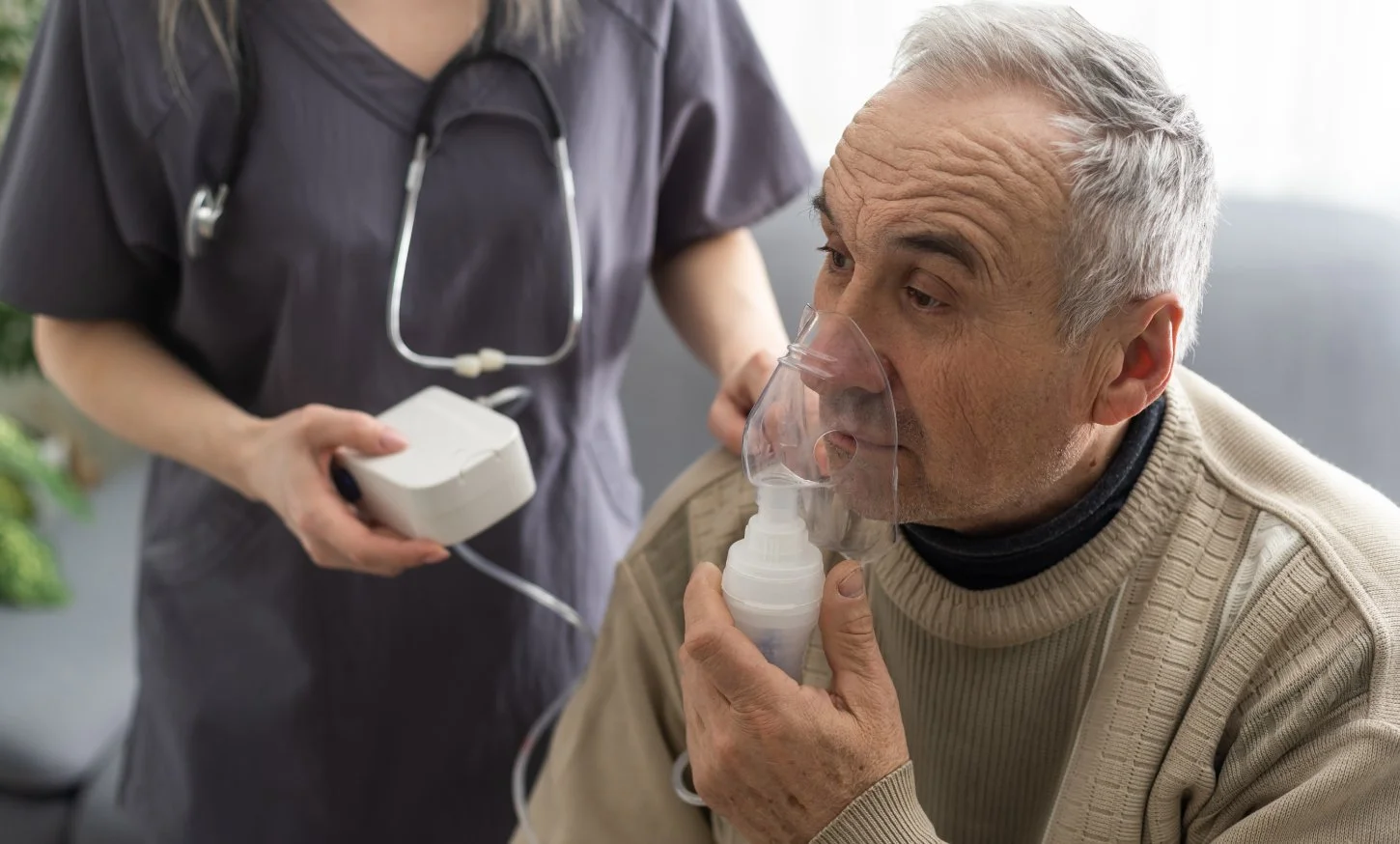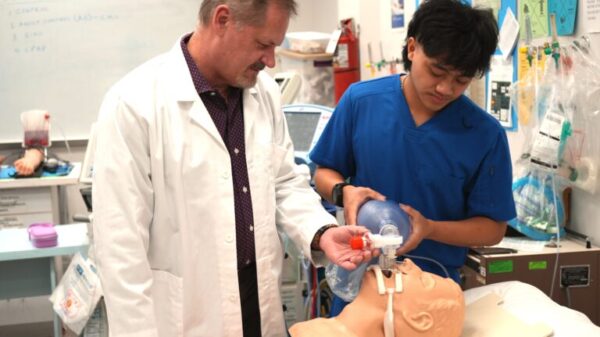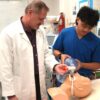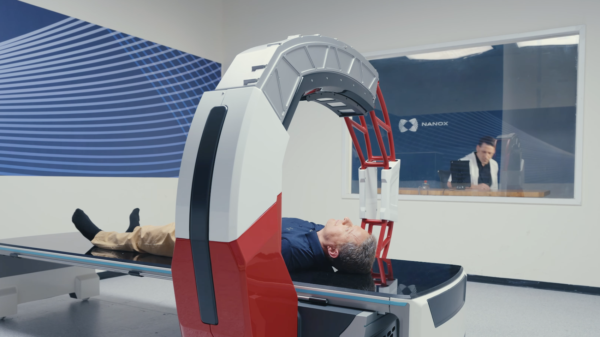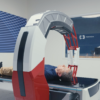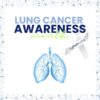Chronic obstructive pulmonary disease (COPD) is a condition that takes the lives of approximately three million people around the globe every year. Although it is preventable and treatable, the disease is the third leading cause of death worldwide.
On Nov. 19 this year, World COPD Day is helping to promote education and awareness about the topic. The Global Initiative for Chronic Obstructive Lung Disease (GOLD) originally organized the occasion in 2002 and its popularity has increased since.
The 2025 theme is “Short of Breath, Think COPD” and it aims to emphasize that the disease is often diagnosed improperly. It also intends to promote timely diagnosis, as highlighted by the American Thoracic Society (ATS).
“Although COPD is a common, preventable, and treatable disease, extensive under-diagnosis, misdiagnosis, and late-diagnosis lead to patients receiving no treatment, incorrect treatment, or less effective treatment,” the ATS stated.
Studies have shown that up to 70 per cent of adults with the condition remain undiagnosed, which can lead to lessened productivity at work, reduced quality of life and declining overall health. Most people do not recognize that they have it until their 40s or 50s.
In rare cases, children can also be at risk of developing the disease early in life, particularly if they have a history of frequent lung infections.
According to the World Health Organization, three quarters of COPD cases are linked to smoking. Biomass fuel is also a major cause in low to middle income countries along with occupational dust, chemicals and air pollution in indoor and outdoor environments.
“A diagnosis of COPD should be considered in any patient who has shortness of breath, chronic cough or sputum production, a history of recurrent lower respiratory infections and/or a history of exposure to risk factors like tobacco, cooking fuels, or occupational hazards,” GOLD has explained.
Read more: Breath Diagnostics leaders promote their mission at Miami investment conference
Understanding COPD
Chronic Obstructive Pulmonary Disease is not a single condition but rather a group of chronic, progressive lung diseases.
Emphysema and chronic bronchitis are the two main diseases that fall under the COPD umbrella. Furthermore, in certain cases asthma and COPD may overlap.
Signs and symptoms include shortness of breath, persistent cough, bluish lips or fingernails, recurring respiratory infections, wheezing and tightness of the chest. The condition can ultimately lead to lung damage, pulmonary hypertension, heart problems, weight loss and even heart failure. It causes inflammation, narrowing and gradual damage to the airways.
COPD is most frequently diagnosed with spirometry screening — an airway test that determines how much air goes in and out of your lungs. However, breath analysis technology has also been gaining steam for diagnosing the condition.
Breath Diagnostics, developer of the OneBreath lung disease screening system, has been using its technology to identify and quantify lung cancer, pneumonia, COPD and other lung conditions by analyzing the composition of volatile organic compounds (VOC) in breath samples. Modern studies have revealed that certain VOC profiles can signify these illnesses.
“Our work in VOC-based breath analysis is part of a larger vision: giving clinicians tools that detect respiratory diseases earlier, faster, and non-invasively,” Breath Diagnostics said on Nov. 19. “On World COPD Day, we stand with everyone affected by chronic lung disease and with the global movement working toward earlier recognition and better outcomes.”
Read more: Breath Diagnostics adopts state-of-the-art mass spectrometer device for lung screening
Treatment options
Although there is currently no definitive cure for COPD, it can be effectively managed with the right combination of treatments, lifestyle alterations and diligent monitoring.
Bronchodilators and inhaled corticosteroids are medications that patients use to relax muscles around the airways and reduce inflammation. Additionally, inhalers can be used with a combination of bronchodilators and steroids to help manage symptoms.
Pulmonary rehab programs and oxygen therapy are also popular for alleviating the condition.
Though difficult for addicts, smoking cessation is of the utmost importance to mitigate the harmful impact of the disease.
Certain healthcare professionals also recommend receiving influenza and COVID-19 vaccinations to limit potential strain on the lungs that would result from those sicknesses.
“COPD is not just a medical issue,” said WHO representative, Angela Pratt, in a speech this week, “it is also a social, economic, and developmental issue that affects families, communities, and health systems, and requires strong collective action across multiple sectors to better prevent, diagnose and manage the disease.”
Read more: Breath Diagnostics tech achieves pneumonia prediction breakthrough in peer-reviewed study
Follow Rowan Dunne on LinkedIn
rowan@mugglehead.com

